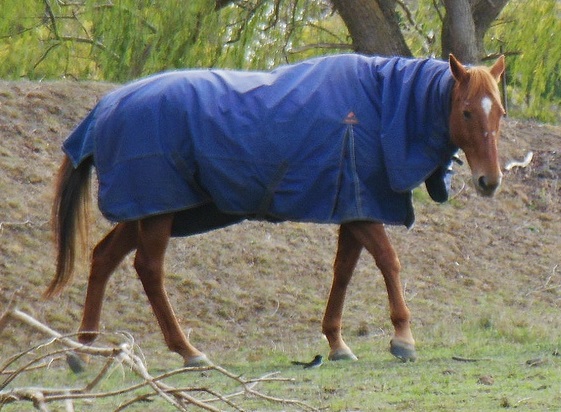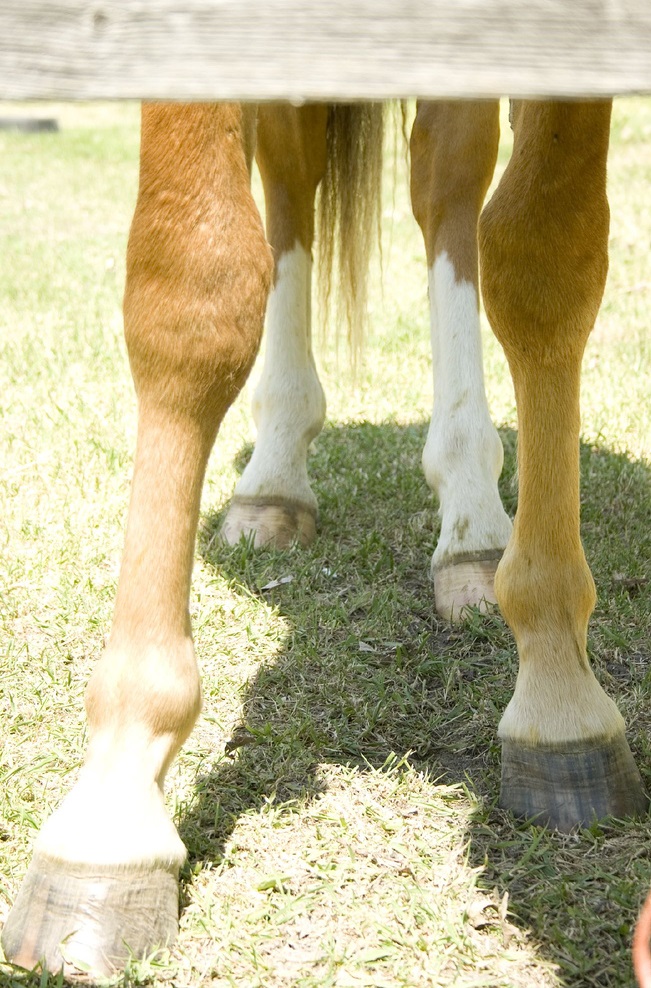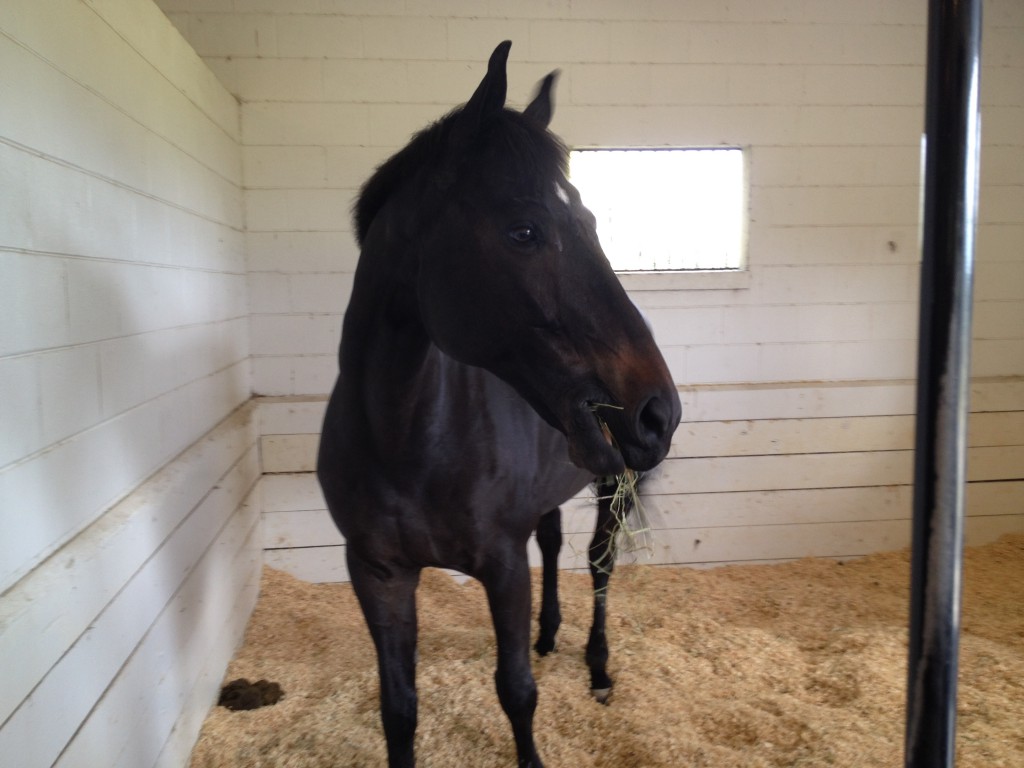Cooler Temperatures Affect our Horses Too!
Written by Loryn Lamport, our Equestrian Manager.
As the changing temperatures are now upon us, let’s not forget how this may affect our horses! After all, even sunny Florida can face some extremely cold temperatures in the winter.
Just Like Us, Horses Need Coats in the Cold Weather!
Horses will naturally grow more hair for the cold weather of winter. The shortening of daylight hours kick-starts this hair growing process just in time for the cooler weather to arrive. As expected, a horse with a thicker hair coat can retain more heat because the hair coat acts as insulation by trapping air. I personally have a 25 year old horse whose coat is very thick – it’s kind of like God’s gift to protect her from the cold.
Some horses that are competing in various equestrian events will be clipped so that they don’t get too hot, but this means they will likely require blankets when not being ridden. When the temperature dips below ~50 degrees, owners can put a lighter sheet on their horses. When the temperature gets into the 30-40 degree range, owners use a heavier blanket to protect their horse.
Just like we would change our outfit from a light sweater to a heavy coat, owners will change the thickness of the blanket on their horses. Horses that aren’t clipped and naturally grow their hair might not need anything, or perhaps just a light blanket on those nights when the temperature drops. You have to look at each individual horse and whether they are clipped or not to decide what or if they need anything.
Hoof Care for Your Horse
Horses’ hooves grow slower in the winter because they are growing hair simultaneously to keep warm. In the summertime, it’s reversed – their feet tend to grow faster because they are not growing their coat.
Generally, horses get their hooves trimmed every 6 weeks. Some owners also put shoes on their horses. Others do not like shoes at all and instead, they trim their horses feet to keep them natural. However, if the horse is involved in heavy activity, such as if they are doing show jumping, the horse will have shoes put on all four of their feet. This not only helps keep their foot together, but it also helps them walk on the different terrains.
How Does a Horse’s Diet Change with the Colder Weather?
In the cold weather, horses tend to drink less water because their bodies don’t sweat out as much fluid. However, if a horse is not drinking enough fluid, the owner might include more water in their diet to prevent them from getting dehydrated. A lot of times, they will do what’s called a “bran mash”, where they take regular wheat bran and add water or oil to the grain to make it a bit more “mushy” in consistency. This type of meal will keep the horse both well fed and hydrated. In addition, sometimes on a cold night, owners may want to give their horse a little extra hay because it keeps their bodies warmer as they’re working to eat it.
A lot of times in the summer, people like to ride early in the day before it gets too hot. However, now it’s the opposite – they will ride in the afternoon when it warms up. No matter the time of day or the temperature, owners are welcome anytime at our Equestrian Center to take their horses out for a ride!


